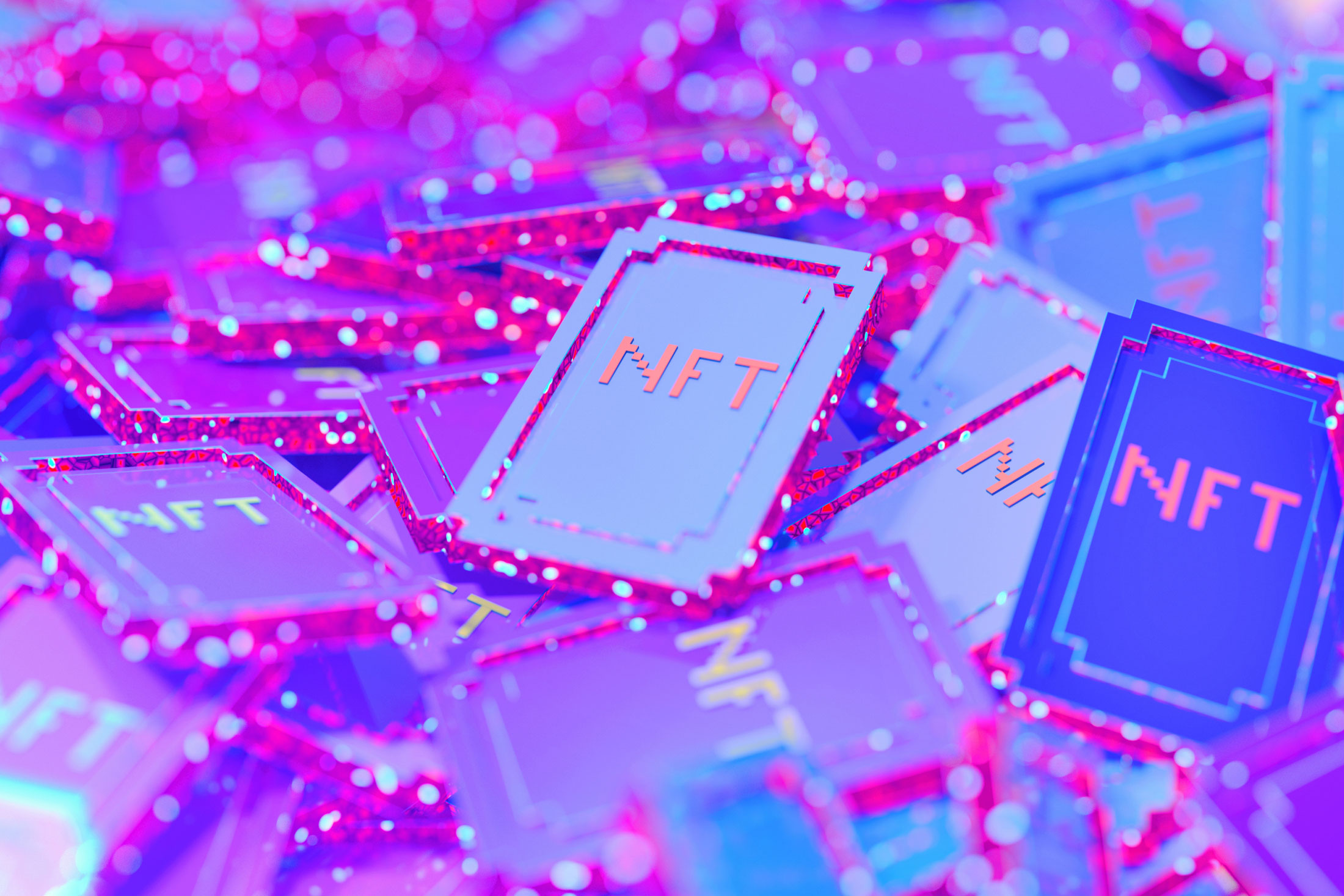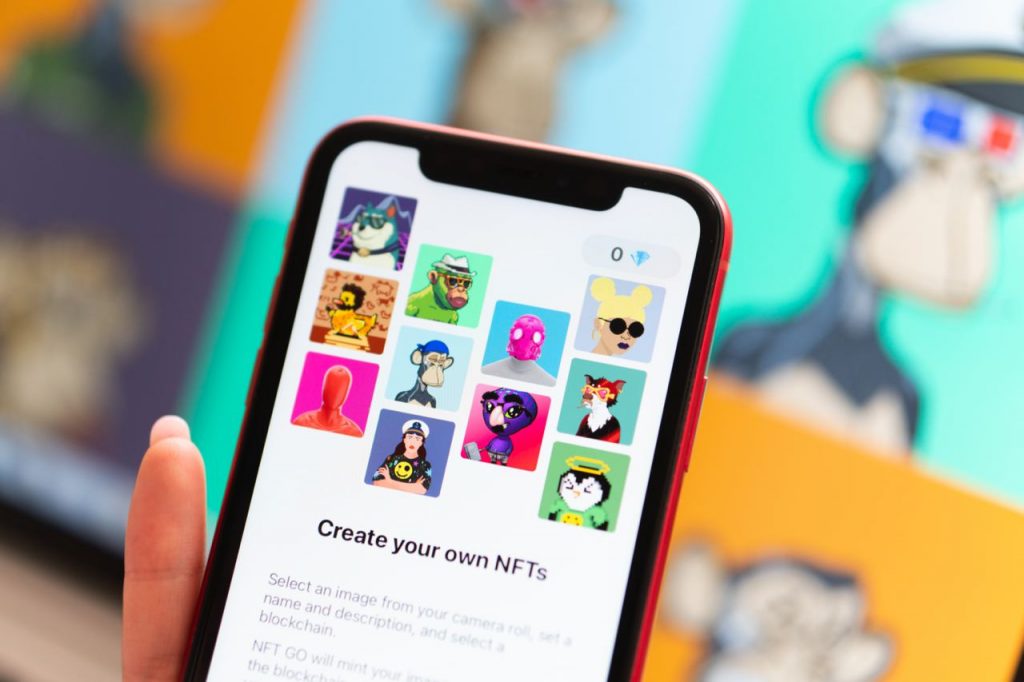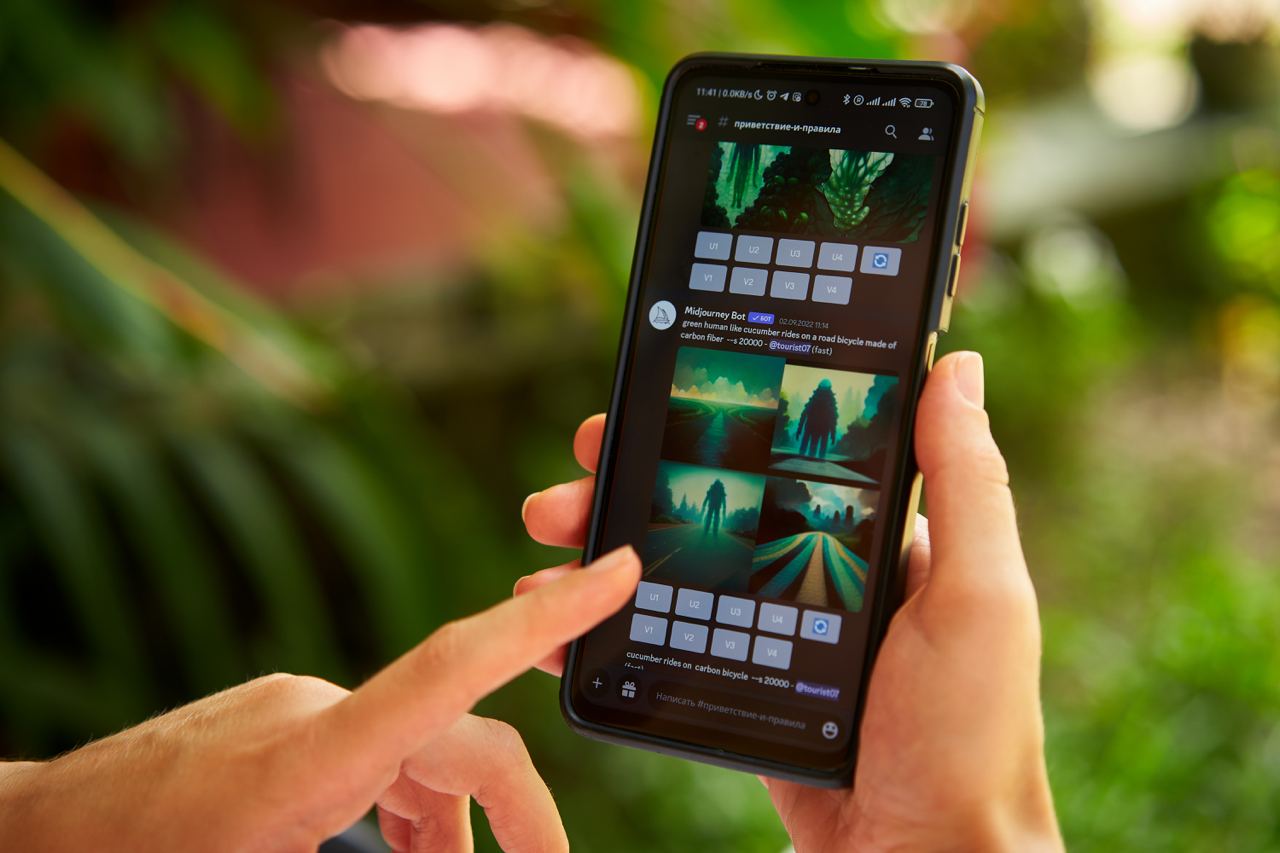The gaming industry is a behemoth, constantly evolving and pushing the boundaries of entertainment. But a new technology is poised to disrupt the landscape once again: blockchain. For gamers, blockchain offers a paradigm shift – a chance to own in-game assets, participate in decentralized economies, and even influence the future of the games they play. But for many developers and studios, the concept of blockchain in gaming can be daunting.
Blockchain’s core principles of decentralization, transparency, and security are fundamentally transforming the way players interact with in-game assets and the very fabric of gaming economies. This isn’t just about fancy graphics or the next big VR headset; blockchain is ushering in a new era of player ownership, empowerment, and possibilities.
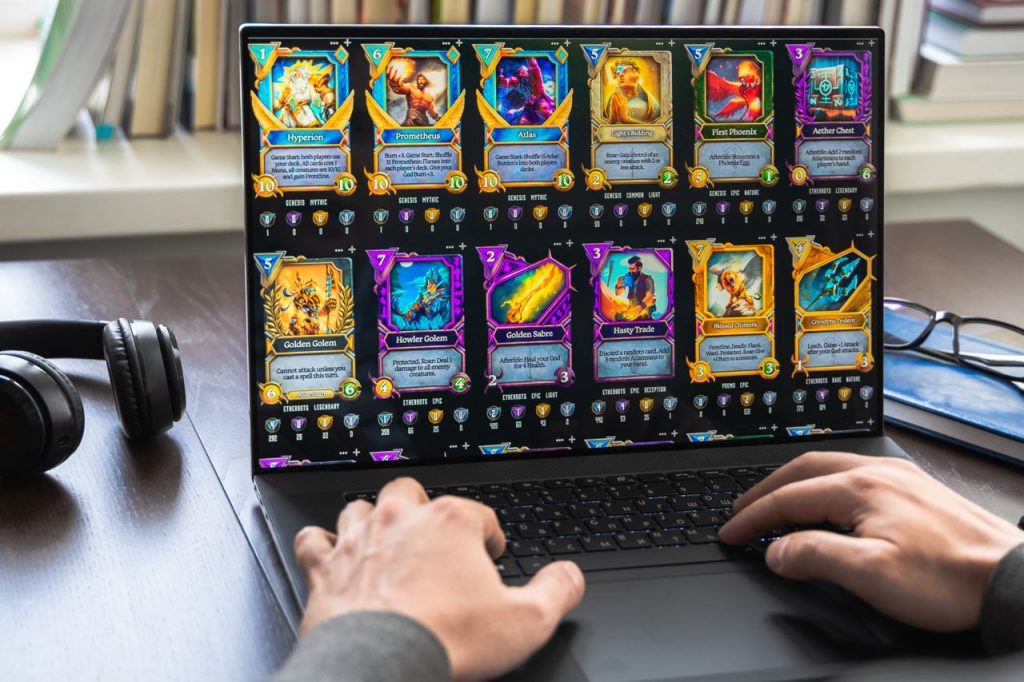
What is blockchain in gaming?
The gaming industry is on the cusp of a revolution driven by blockchain technology. But what exactly is blockchain in gaming?
Blockchain, in essence, is a decentralized digital ledger that securely records transactions across a network of computers. This technology offers several key advantages for the gaming world:
Ownership and Scarcity
Blockchain allows for the creation of unique, non-fungible tokens (NFTs) that represent in-game items like weapons, skins, or even virtual land. Unlike traditional games where items disappear when you stop playing, NFTs grant players true ownership of their digital assets. These assets can be traded or sold on secondary marketplaces, fostering a new in-game economy. A 2022 DappRadar report indicates that over $25 billion worth of NFT gaming transactions occurred in that year alone, highlighting the growing interest in player-owned assets.

Transparency and Security
Blockchain transactions are immutable and publicly verifiable, ensuring transparency and security for players. This eliminates concerns about developer manipulation or item duplication, creating a more trustworthy environment.
Decentralization
Games built on blockchain are not controlled by a single entity. This fosters a more decentralized ecosystem where players have greater control over their experience and in-game assets.
Crypto Role in Blockchain Gaming
Cryptocurrency plays a vital role in blockchain gaming, with various applications. These can be used as in-game currencies, allowing players to purchase items, participate in play-to-earn activities, and govern decentralized aspects of the game. According to a 2023 report by Newzoo, over 1 billion people are now playing blockchain games, with a significant portion participating in play-to-earn models.
Some blockchain games reward players with cryptocurrency for completing tasks, participating in battles, or contributing to the game’s ecosystem. This “play-to-earn” model allows players to potentially generate real-world income through their gameplay.
Moreover, in decentralized games, players can use crypto tokens to participate in voting on game development decisions, shaping the future of the virtual world they inhabit.
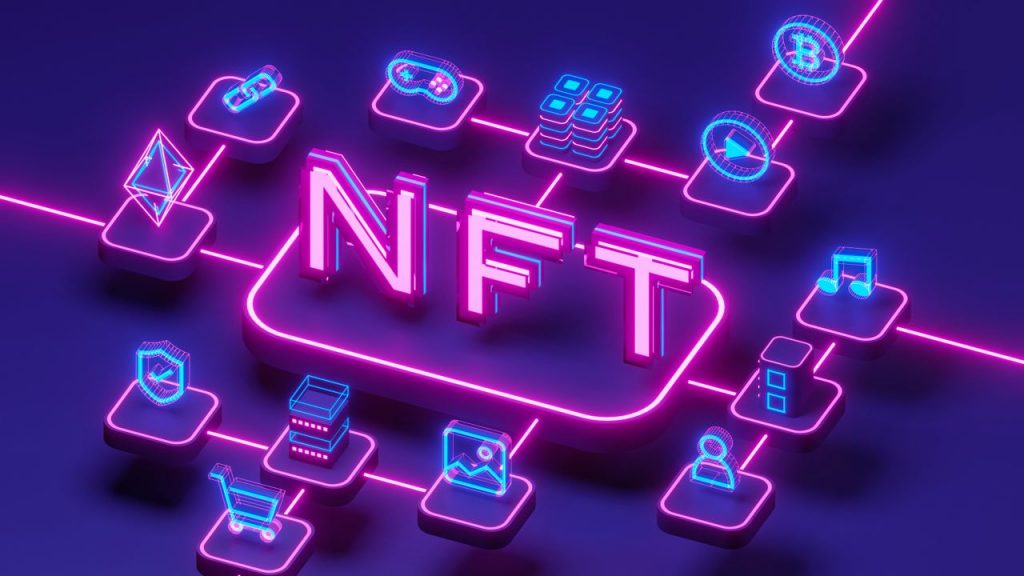
How do Blockchain gaming earn money?
There are several ways players can potentially earn money in blockchain gaming, all revolving around the concept of play-to-earn (P2E). Here’s a breakdown of some key methods:
Selling in-game assets:
Blockchain allows players to own unique digital items like weapons, skins, or even virtual land represented by NFTs. These assets can appreciate in value and be sold on secondary marketplaces for cryptocurrency. For example, a rare Axie (a creature in the popular Axie Infinity game) sold for over $300,000 in 2021, showcasing the potential earning power of these digital assets.
Play-to-earn rewards:
Many blockchain games reward players with cryptocurrency for their in-game activities. This could involve completing quests, participating in battles (PvP or PvE), or contributing to the game’s ecosystem through tasks like mining or crafting. The earned cryptocurrency can then be converted to real-world money or used for in-game purchases.
Governance:
Some games allow players to stake their cryptocurrency holdings to earn passive income. Staking essentially involves locking up your crypto for a period to support the network’s security and earn rewards in return. Additionally, in decentralized games with governance structures, players can use their crypto tokens to vote on game development decisions, potentially influencing the game’s future and the value of them in-game assets.
Content creation and esports:
The rise of blockchain gaming has fostered a thriving content creation and esports scene. Talented players can earn money through streaming their gameplay, creating tutorials, or participating in competitive tournaments with cryptocurrency prizes.

Why build games on blockchain?
The traditional gaming landscape is undergoing a significant transformation with the emergence of blockchain technology. For game developers, embracing blockchain offers a multitude of advantages that can enhance the overall gaming experience and unlock entirely new avenues for player engagement and revenue generation.
Here are some reasons to build games on blockchain:
True Ownership and Privacy
Blockchain empowers players by granting them true ownership of their in-game assets. Through NFTs (non-fungible tokens), players can possess unique items like weapons, skins, or even virtual land. Unlike traditional games where items disappear when you stop playing, NFTs remain yours, fostering a sense of investment and value.
Transparency and Security
Blockchain transactions are immutable and publicly verifiable, providing an added layer of transparency and security for players. This eliminates concerns about developer manipulation or item duplication, creating a more trustworthy environment. Players can be confident that their in-game assets are secure and verifiable on the blockchain ledger.
Decentralization and Community Governance:
These type of gaming facilitates the creation of decentralized game ecosystems, where players have greater control over their experience. Suppose, a game where players can contribute to decision-making processes through community governance.
Play-to-Earn:
The rise of play-to-earn models is a game-changer for players. Blockchain games allow players to potentially earn cryptocurrency through their gameplay. This could involve completing quests, participating in battles, or contributing to the game’s economy. The earned cryptocurrency can be used for in-game purchases, traded for real-world money, or even staked to generate passive income.
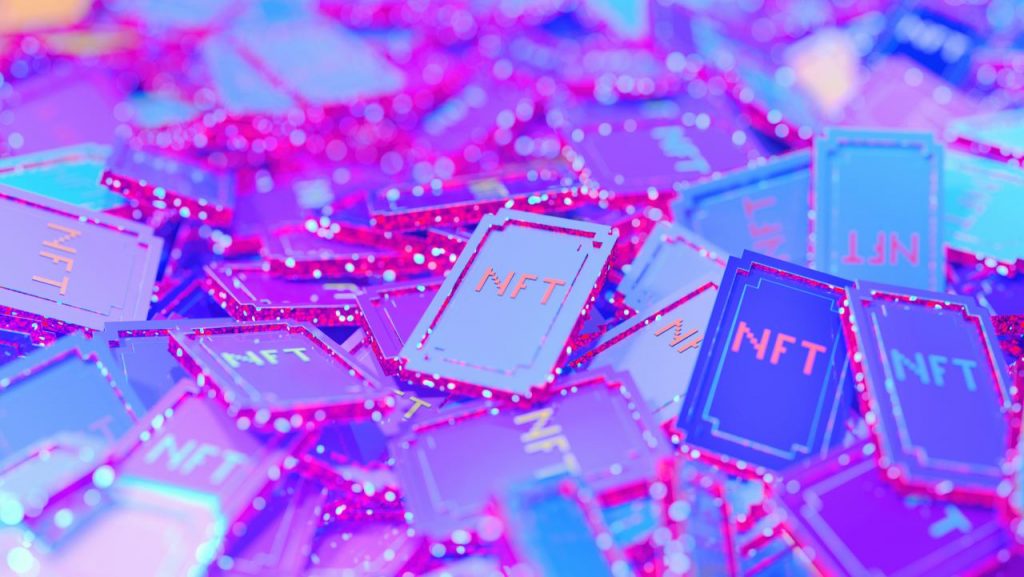
New Revenue Streams for Developers:
Blockchain opens doors to innovative revenue models for game developers. By leveraging NFTs and in-game cryptocurrencies, developers can create sustainable ecosystems with a focus on player ownership and value creation. Additionally, the secondary marketplace for NFTs can generate ongoing revenue through transaction fees.
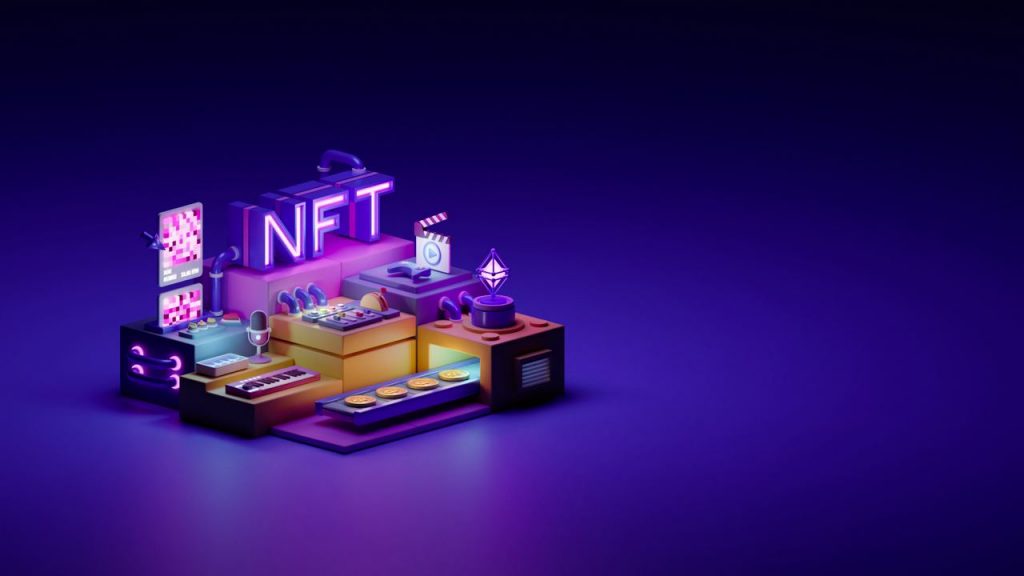
Now Let’s See Some Popular Blockchain Games
Axie Infinity (AXS)
Infinity is one of the popular game. It is a play-to-earn game centered around adorable creatures called Axies. Players can collect, breed, battle, and trade Axies. Axies are NFTs (non-fungible tokens) on the Ethereum blockchain, meaning they are unique digital items that can be owned and traded. Players can earn the cryptocurrency AXS by playing the game, which can be used to purchase new Axies or other in-game items.
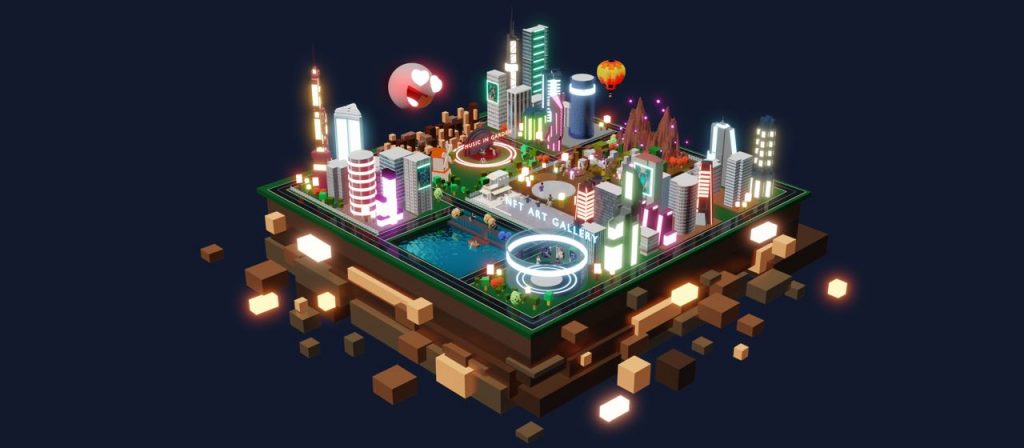
The Sandbox (SAND)
Sandbox is a virtual world where players can create, build, and monetize their experiences. The Sandbox uses SAND, its native cryptocurrency, to purchase land and other in-game items. Players can create games, experiences, and even NFTs within The Sandbox. The Sandbox is a great example of a decentralized game, where players have a lot of control over the world.
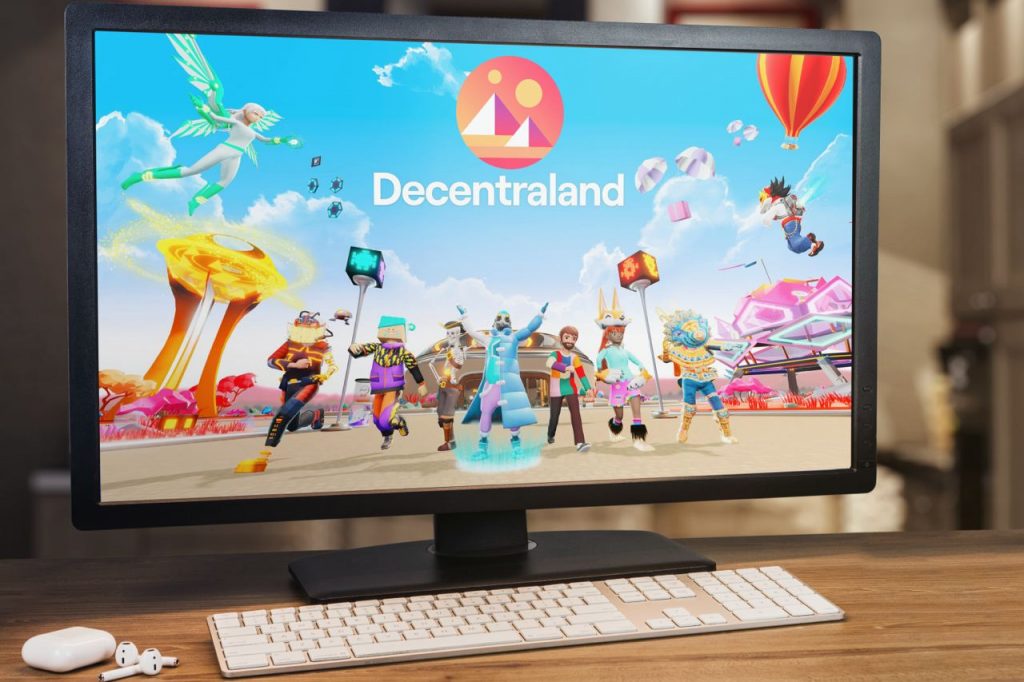
Decentraland (MANA)
This is another decentralized virtual world where players can purchase land, build structures, and explore the world. Decentraland uses MANA, its native cryptocurrency, to purchase land and other in-game items. Players can create games, experiences, and even NFTs within Decentraland.
Alien Worlds (TLM)
It is a play-to-earn game where players can mine Trilium (TLM), the game’s native cryptocurrency. Players can use TLM to purchase in-game items or to participate in governance votes. Alien Worlds is a great example of a game that uses blockchain to give players more control over the game’s economy.
Gods Unchained (GODS)
This game is a trading card game similar to Magic. The Gathering. Gods Unchained uses GODS, its native cryptocurrency, to purchase card packs and other in-game items. Unlike traditional trading card games, players in Gods Unchained actually own their cards as NFTs. This means that players can trade or sell their cards on secondary marketplaces.
These are just a few of the many popular blockchain games that are available today. The blockchain gaming industry is still in its early stages, but it is growing rapidly.

What is the future of blockchain in gaming?
Blockchain’s impact on gaming is still unfolding, but the potential for a complete transformation is on the horizon. Play-to-earn models are expected to evolve beyond simple rewards, offering players more creative avenues to earn through gameplay and governance. While currently niche, mainstream adoption is expected as blockchain becomes more user-friendly. The future of blockchain gaming fosters stronger communities through shared ownership and collaborative world-building. It’s a future filled with empowered players, interconnected virtual spaces, and a blurring of lines between the real and digital worlds. Blockchain is undeniably shaping the exciting future of gaming. If you plan to develop a game, contact us and we will guide you through the process.
